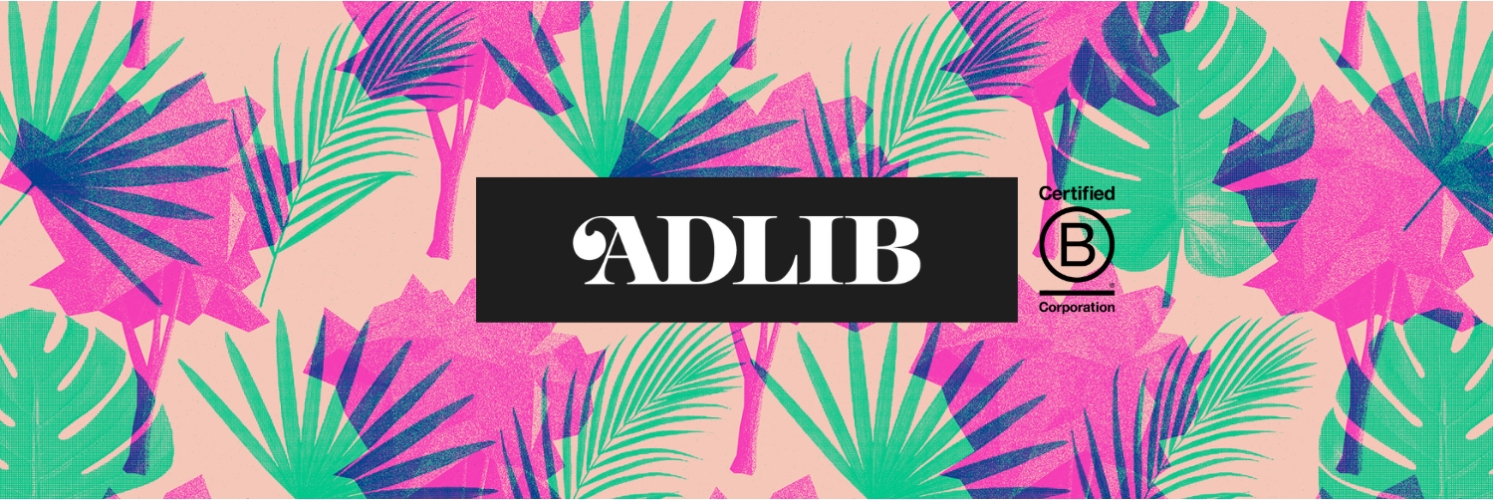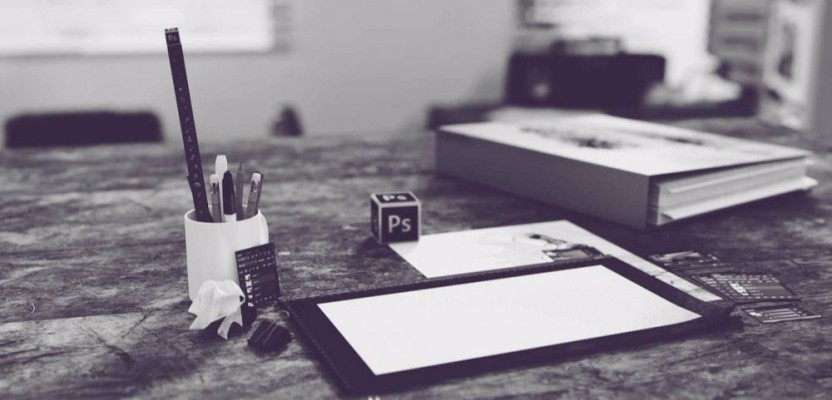We caught up with some of our creative friends to ask them a few questions.
We are fortunate that we get to work with some of the most creative minds in the South West. We talked to, Emma Amato, Lead Global Designer at Affordable Art Fair; Georgia Byron, Graphic Designer at Graham & Green and Shari Robertshaw, Creative Designer at Omobono.
In this part, we found out about their creative tools of choice and most inspiring spots to work in…
ADLIB: What are your favourite tools to use and why?
Emma Amato: An old biro and a fag packet. Or the notes app on my phone. My favourite part of the creative process is having that heart-stoppingly amazing idea, and those first few seconds where you feel you’re onto something big and it takes your breath away are addictive. Anything can trigger an idea, so I make sure I always carry something to record it.
Georgia Byron: A good interview with a client who understands their audience, a pencil and paper, and Pinterest (or another aggregator of inspiration). Then the creative software tools. After that, it largely depends on the deliverables – i.e is it a film? a set of stationary? a marketing campaign? a logo?….
Shari Robertshaw: While the default Adobe programs (Indesign, Illustrator, and Photoshop) are necessary and still wonderful tools, my favourite web design tools are Sketch for wireframes and design, and Invision for prototypes. Sketch is a combination of photoshop and illustrator and makes designing websites much easier because its tools are intuitive, it uses vector, it shows pixel sizes as you work, and makes exporting assets much easier. Invision is quick, easy to use, and helps create a great UX for the client as they review design decisions.
ADLIB: Where do you work best?
Shari Robertshaw: At a desk in a room with other people around. I’m most productive with my headphones in, focused on the task at hand, but I am an extrovert and would prefer to have people around when I come up for air.
Georgia Byron: There’s two stages to every piece of creative work. The first is the talking bit. To get creative, I need the energy that conversation and interaction stimulates. I get ideas from other people, and by looking at how they interact with their environments; looking for the limits as well as the possibilities. To generate lots of ideas, I need to be a sponge, and so busy places actually work best at first. More motivational. Then, when I have a set of routes to present, and a few to develop, I need to be somewhere quiet to focus and require the exact opposite.
Emma Amato: I think it’s really important to change it up – too much of a routine kills creativity. When I’m working at the office for long periods of time, I find my best ideas seem to come during a walk around the block, or on the way back from the shop with a can of pop in my hand. I also whole-heartedly recommend going to the weirdest events you can find in your area – Simpsons poetry nights, Gong baths, Rebel Bingo – anything that helps widen your personal view of the world.
Thank you for sharing! Given the opportunity to speak with these great minds, we have asked a few more questions of course… keep an eye out for part 2.
This piece previously appeared on the ADLIB Blog.



